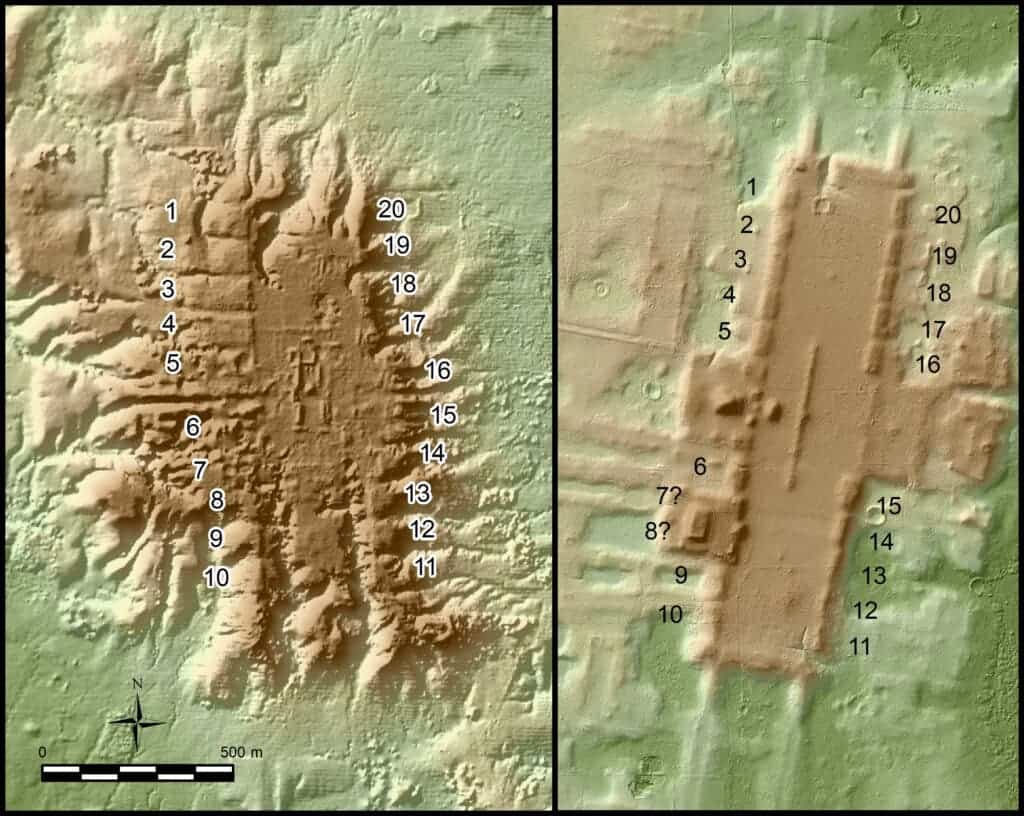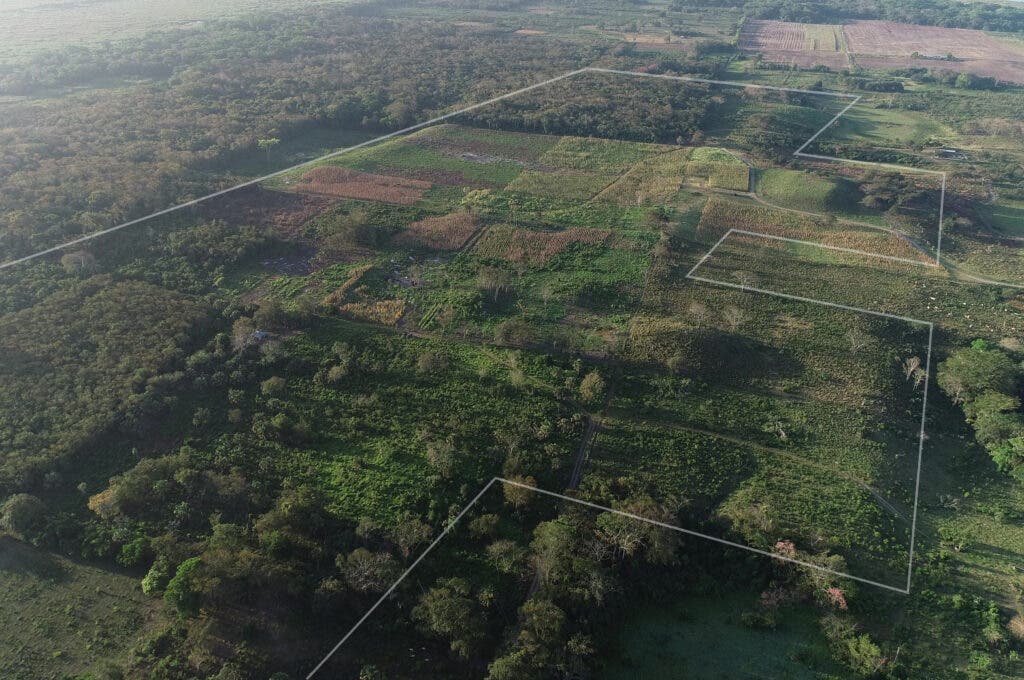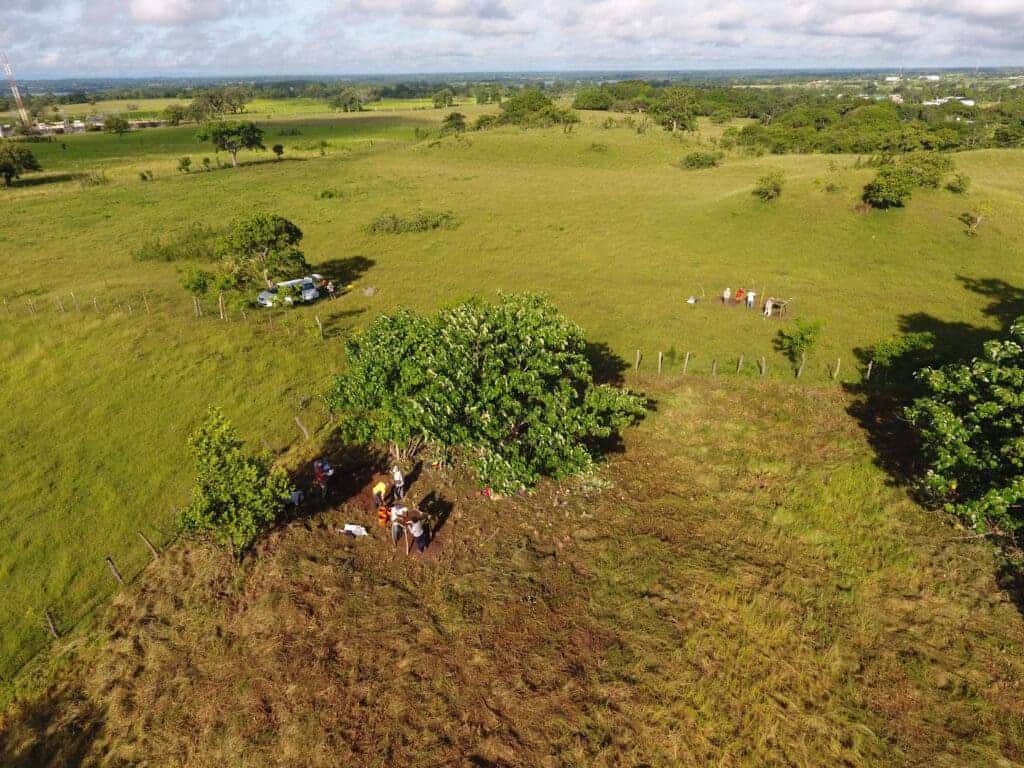
Few civilizations on Earth have evolved independently, but the Olmec civilization is one of them. The Olmecs were the earliest known major Mesoamerican civilization emerging in 1600 BC, and lasting to about 400 BC, when environmental changes made many of their villages uninhabitable.
The Olmecs influenced many later civilizations, including the Maya. Researchers now know that Olmec and Maya settlements covered wide areas in Mexico and Guatemala, but many of their ancient settlements are still undiscovered or insufficiently studied. To make matters even worse, they are often hidden by vegetation.
To map these hidden structures, a team led by Takeshi Inomata from the University of Arizona carried out a large-scale airborne survey using Lidar — a remote sensing method that pulses a laser to measure ranges (variable distances) to the Earth. It’s a bit like radar, but it uses light instead of radio waves. Lidar is very useful for archaeology because it reveals elements that may not be visible to the naked eye on the surface.
Inomata and colleagues started with a high-resolution survey covering 1000 square kilometers, but they also used publicly available data acquired by the Mexican government, which covered an 85,000 square kilometer area.
“A study of this wide area was unthinkable some years ago, and this kind of dataset really revolutionizes how we conduct archaeological investigations,” Inomata told ZME Science.

By using Lidar, they were able to image 463 sites, even in some parts covered by thick jungle vegetation. Based on the results, it seems that there are five types of architecture and settlement layout — which may correspond to different periods of the Olmec and Maya civilizations.
It was already known that the cities of these civilizations were designed based on cosmological patterns. The new findings suggest that the major Olmec center of San Lorenzo (built in the 2nd millennium BC) was based on the ancient Mesoamerican calendar. Other sites in the area suggest that this type of influence was widespread.
“Their orientations vary, and in some cases, they appear to have tried to fit those large complexes in whatever flat space available. But when they could, they seem to have aligned the complexes to the sunrise on specific dates, referring possibly to the zenith passage day of the sun (when the sun passes perpendicularly above the ground), which is about May 10 in this area,” says Inomata. “This day marks the beginning of the rainy season and the planting of maize. Some complexes are oriented to the sunrise on 40 days before the zenith passage days, others are to the sunrise on 60 or 80 days before. This appears to show the prototype of Mesoamerican calendars, which were based on the unit of 20 days. If we are right, they may be the earliest representation of such calendrical concepts that we can see.”

Another intriguing finding is that these sites seemed to feature a lot of rectangular structures, including for their monuments — which is somewhat surprising as Olmec sites often featured monumental pyramidal mounds
“The main finding is that we now know that these horizontally extensive and standardized complexes spread across the western Maya area and the Olmec region. Most of those sites were not known, and even when the presence of some mounds were known, their overall rectangular shapes were not recognized. We thought that pyramids are the hallmark of Mesoamerican civilizations. But before the development of pyramids, there were monumental constructions that emphasized horizontal dimensions and standardized rectangular designs.”
Now that we have a birds’ eye view of these sites, archaeologists can now investigate them on ground level and see what more we can find about these ancient civilizations. However, ground investigations tend to be much more time-consuming than airborne surveying.
“We have been doing excavations and ground surveys in the eastern part of this study area. We will continue our ground investigations in that part, but it will take many years and the involvement of many other scholars to examine many of the sites that we found over this large area,” Inomata also adds for ZME Science.

As anthropologist Robert M. Rosenswig points out in the accompanying News & Views article, this precise mapping of Mesoamerican sites is an extremely important first step in documenting the archaeology of the inhabitants of the southern Gulf Coast — it essentially lays out a roadmap for research for decades to come.
There’s still plenty of things to learn about these ancient cultures, and new technology can be very helpful. Last year, Inomata and colleagues also shed new light on different Maya settlements, forcing archaeologists to rethink how the civilization evolved.
The study “Origins and spread of formal ceremonial complexes in the Olmec and Maya regions revealed by airborne lidar” has been published in Nature.
Was this helpful?



